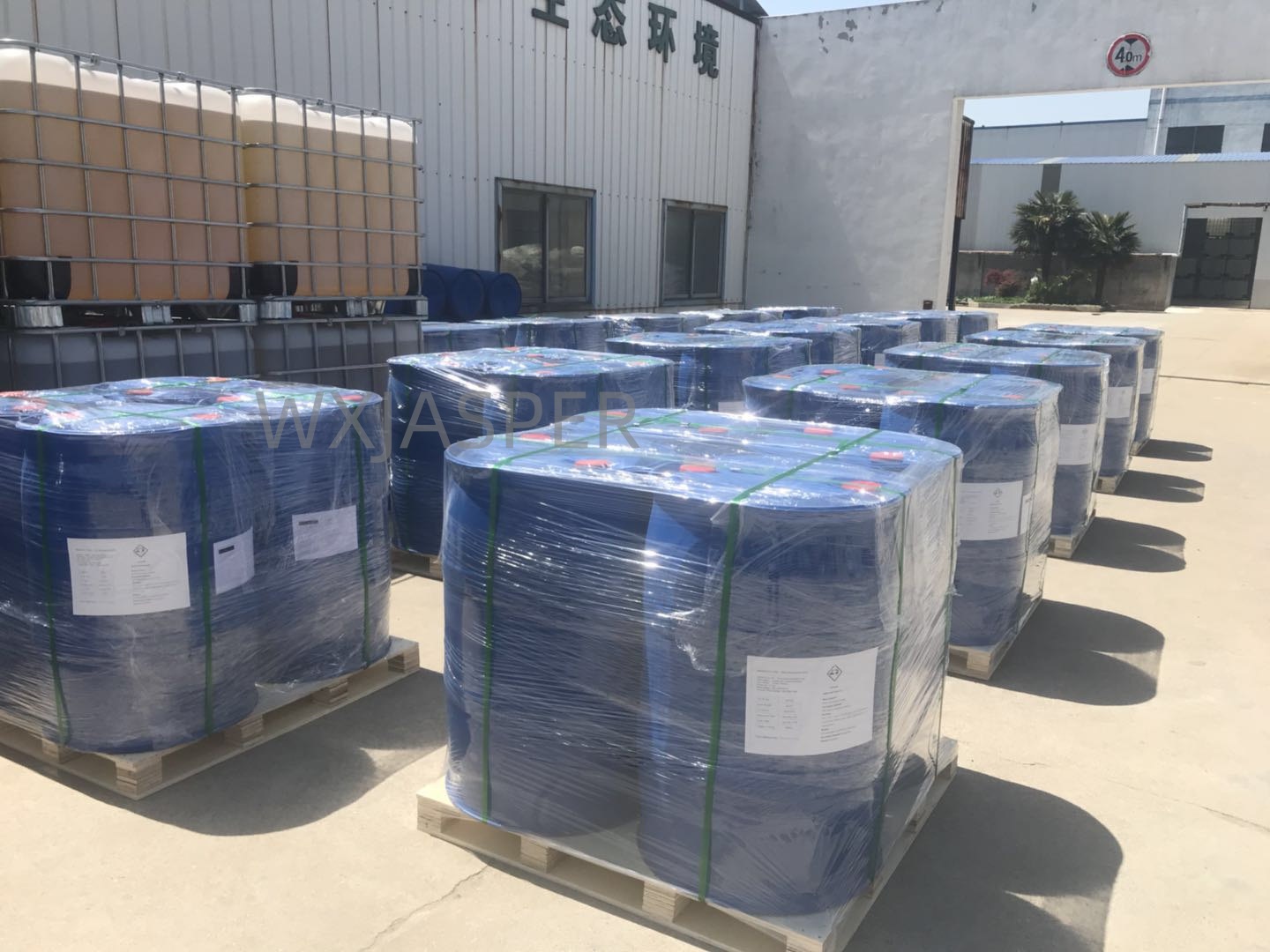Your Location:Home > Products > Solvents > ETHYL OLEATE



CasNo: 111-62-6
MF: C20H38O2
Appearance: liquid
Delivery Time: 15 days
Packing: 200kg/drum
Purity: 99%
Basic Information
|
Model NO. |
111-62-6 |
EINECS |
203-889-5 |
|
Color |
Colorless |
Appearance |
Liquid |
|
Sample |
Available |
Purity |
99% |
|
Grade Standard |
Industrial Grade |
Specification |
200kg/drum |
|
Transport Package |
Drum |
Origin |
China |
Product Description
Product Name:Ethyl Oleate
CAS No: 111-62-6
EINECS No.:203-889-5
Form: Liquid
Product Application
Used as a lubricant, water repellent, and resin toughening agent.
Used for the preparation of surfactants and other organic chemicals, as well as for fragrances, pharmaceutical excipients, plasticizers, and ointment matrices.
lubricant. Water resistant agent. Resin toughening agent.
Used as a toughening agent for gas chromatography fixatives, solvents, lubricants, and resins
Packaging
200Kg/drum
Storage
It should be stored in a cool, well - ventilated area, away from ignition sources and heat. Since it is light - sensitive, it is advisable to store it in a place protected from direct sunlight. It can be transported as a non - hazardous material, but proper handling precautions should still be taken to prevent spills and ensure product quality during transportation.